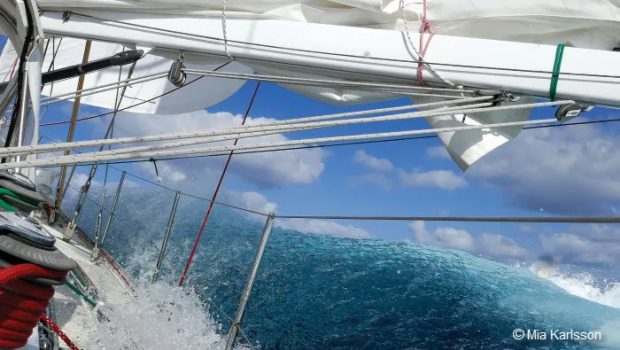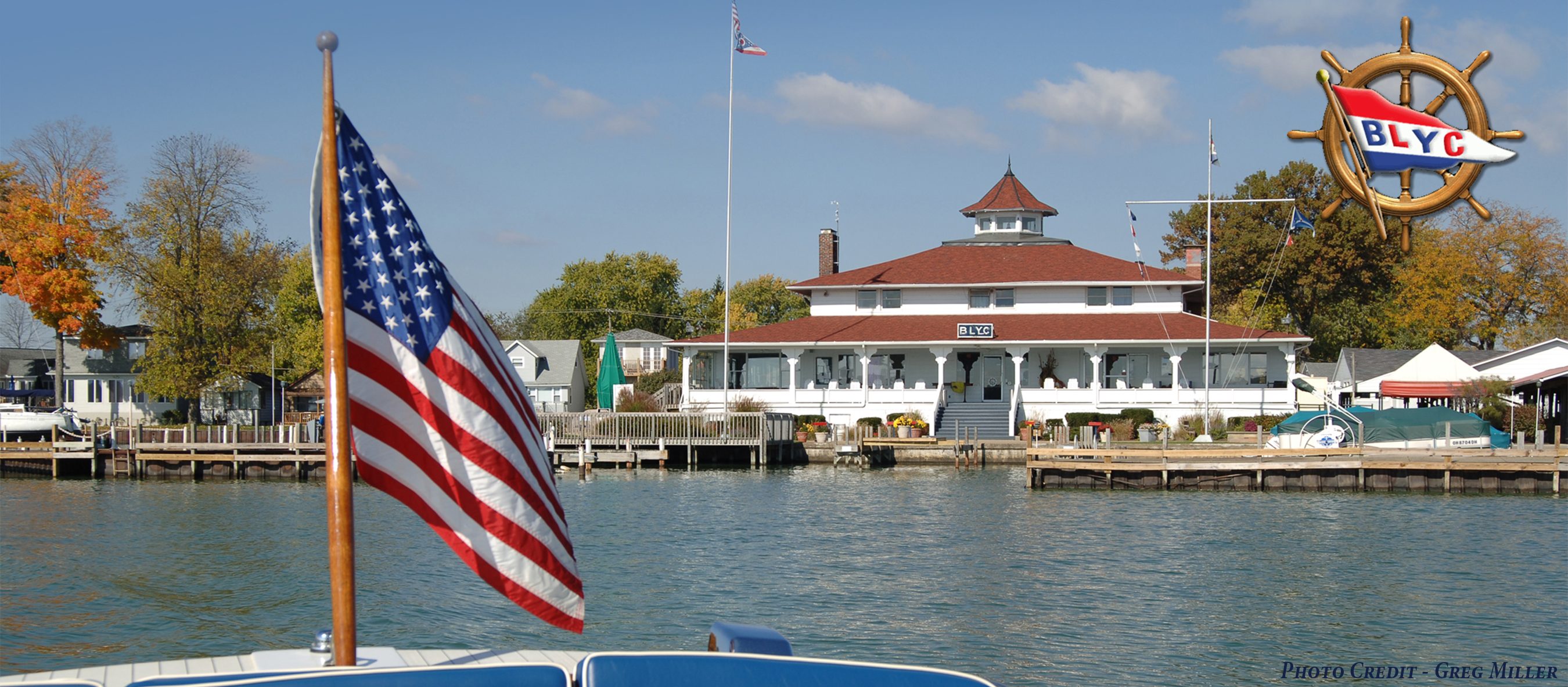
At The Helm: Man Overboard!
Published on Sailing ScuttleButt April 22nd, 2021
by Andy Schell, SAIL Magazine
Imagine this simple scenario: the boat’s powered up, sailing close-hauled in a building breeze under full sail. I come on deck as the skipper during the watch change to make sure the new crew is comfortable and the boat is properly set up for both the current conditions and those expected over the next four to eight hours.
The helm feels a little heavy, and it’s going to be dark soon, so we decide to roll up part of the genoa, bringing it in to the first reef mark. In doing so, we’ve also got to move the car forward in order to keep the sheet lead correct—we want it pulling “down” on the leech of the sail as well as aft along the foot to maintain proper shape.
By now our Swan 59, Icebear, is dipping the leeward rail from time to time, and the low side has become the “dangerous” side for the crew who need to work their way forward in order to re-position the car. This maneuver is routine and can happen several times over the course of a four-hour watch when conditions are variable. It’s also risky, making it a great test case for Icebear’s man-overboard safety practices.
As a skipper, if the words “man overboard” don’t send icy chills down your spine, you’re probably not doing enough to prevent it from happening. You go overboard, you’re dead. Simple as that. If we get you back—well, you’ve been very, very lucky. – Full report
